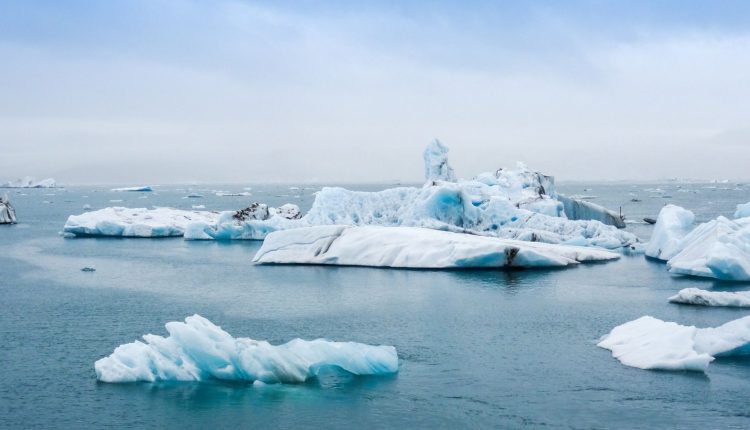Record greenhouse gases and sea levels in 2021, international report confirms
Huge and rapid swings in sea-ice coverage among significant events in annual report on state of the climate.
Records were broken again in 2021 with greenhouse gases, ocean heat and global sea levels the highest ever recorded, the latest State of the Climate report confirms.
The report is an international, peer-reviewed annual summary of changes and significant events in the global climate, says Dr Kyle Clem, lecturer in climate science at Te Herenga Waka—Victoria University of Wellington.
Dr Clem is the lead editor of the report’s chapter on Antarctica and the Southern Ocean, which shows 2021 was another year of extremes in the region.
Huge and rapid swings in sea-ice coverage were observed, with new record-low daily coverage in October and December, he says.
“Sea-ice extent began well below average during January and February 2021. It then grew rapidly in March and remained above average through much of autumn and winter, with near record-high daily sea ice in August. Then, just as quickly as it grew, it rapidly diminished in September and October, plummeting to new daily record-lows.”
These swings are alarming, as Antarctic sea ice is a crucial component of the Earth’s climate system, Dr Clem says.
On the ice sheet, Antarctica has been losing about 140 gigatons (billions of tons) of ice mass per year since 2003.
“Most of this mass loss comes from West Antarctica in the South Pacific, where warm ocean water is melting protective ice shelves from below. In 2021, this trend continued, with large mass losses and thinning of glaciers in the West Antarctic region. A net continent-wide mass loss of 50 gigatons was observed, adding about 0.14 mm of global sea level rise.”
However, Dr Clem says total ice mass loss in 2021 was lower than the long-term trend because there were significant surface mass gains from heavy snowfall accumulations in other parts of Antarctica, linked to an unusually high number of extreme weather events that brought large dumps of snow to the continent in October and December.
“These heavy precipitation events, which occur sporadically when atmospheric rivers in middle latitudes are guided to Antarctica, are likely to become more intense in a warming atmosphere that can hold more moisture.
“2021 showed the interaction between extreme precipitation events and melting—both governed by warming—is an important factor affecting Antarctica’s year-to-year contribution to sea level rise.”
In other extremes, the entire Antarctic Peninsula had a very warm year, along with huge deficits in sea-ice coverage along the coast, and the Esperanza station tied for its warmest year on record.
Over the interior, the South Pole experienced its coldest winter (April to September) on record.
“This record cold over the interior was linked to a stronger than normal polar vortex (a belt of westerly winds flowing around Antarctica that trap cold air over the continent), coupled with favourable local conditions that enhanced cooling during the long polar night. These conditions included weak surface winds and more clear skies allowing heat to escape.”
Dr Clem says the record-cold winter did not significantly affect the long-term warming trend at the South Pole and this region continues to warm more than twice as fast as the global average.
2021 also saw the second longest-lived ozone hole on record.
“The Antarctic ozone hole, which occurs between late August to November, is still a significant feature of the southern polar region. It remains a key driver of Southern Hemisphere weather and climate during summer, including across middle latitude regions such as New Zealand where it influences the north-south location of summer storms.”
However, the 2021 ozone hole showed signs it was “healing”, due to decreasing amounts of ozone-depleting substances in the atmosphere, Dr Clem says.
“The 2021 ozone hole, although long-lived, had a slow growth rate and both its size and minimum ozone concentration values were less severe than those seen in the early 2000s when the ozone hole was at its strongest.”
The State of the Climate in 2021 is led by scientists from the US National Centers for Environmental Information and published by the Bulletin of the American Meteorological Society. More than 530 scientists in 60 counties contribute to the publication.


Comments are closed.